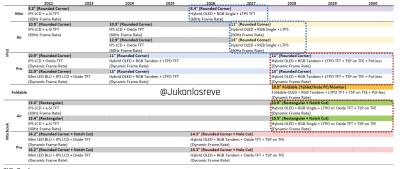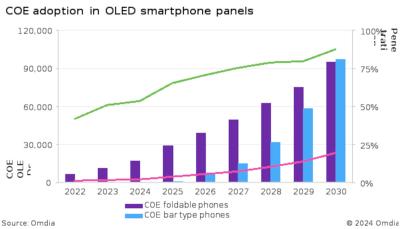Samsung Display to start producing rollable OLED laptop displays in April 2025, Lenovo is its first customer
Samsung Display unveiled a 18.1" rollable OLED laptop display at CES 2025, one that can roll down to 13.1" when closed. The company today announced that it aims to begin mass producing rollable OLED displays in April 2025. This will mark the first ever mass produced rollable display (apart for the limited volume production of LG's 65" rollable TV screens, that are discontinued).
During CES, Lenovo demonstrated the first laptop to use such a rollable OLED, the ThinkBook Plus G6 Rollable laptop. Lenovo plans to launch it globally in June 2025. The ThinkBook Plus G6 Rollable will have a 14" 5:4 display when rolled in, and a 16.7" 8:9 display when opened. That's an increase of almost 50% in screen size. The price of Lenovo rollable laptop will start at $3,499 - this is a ultra premium device.






